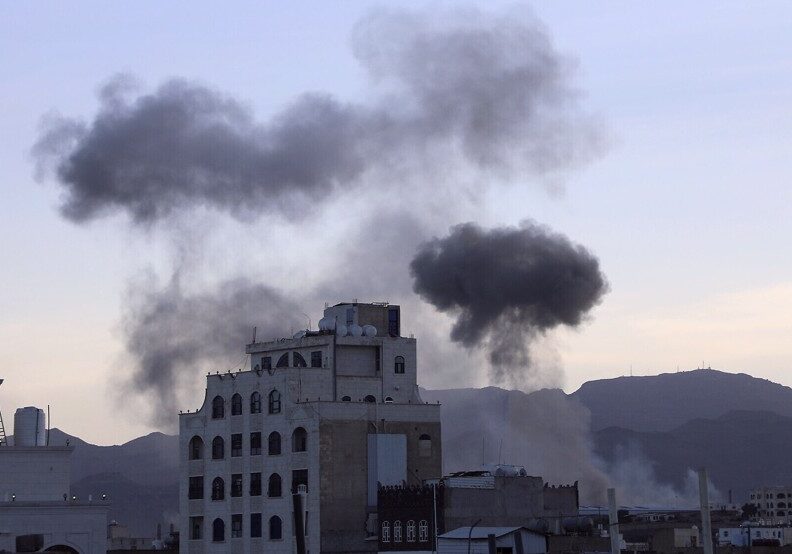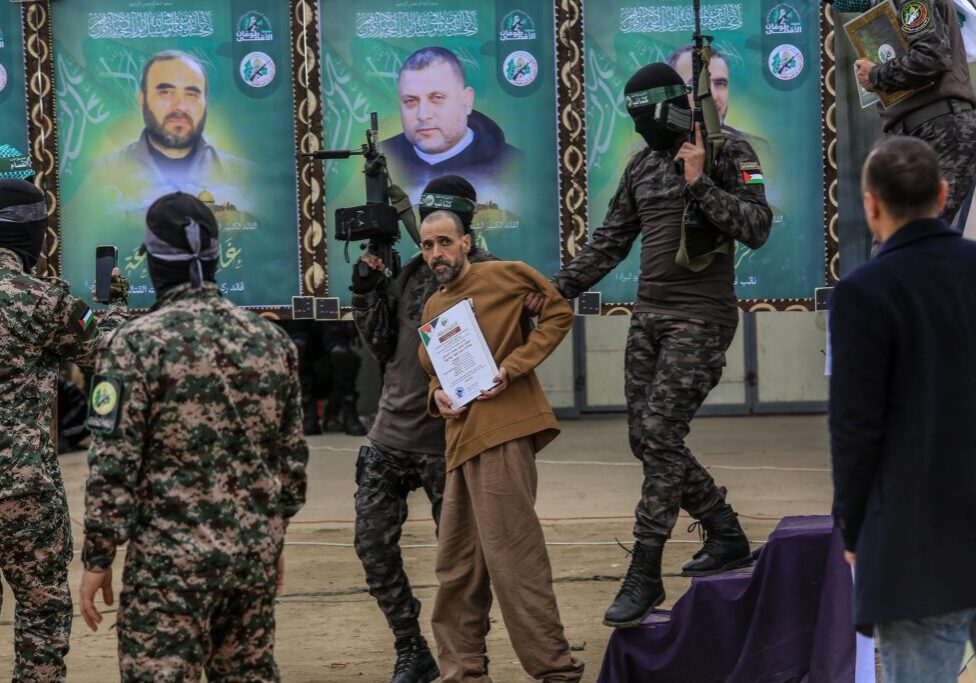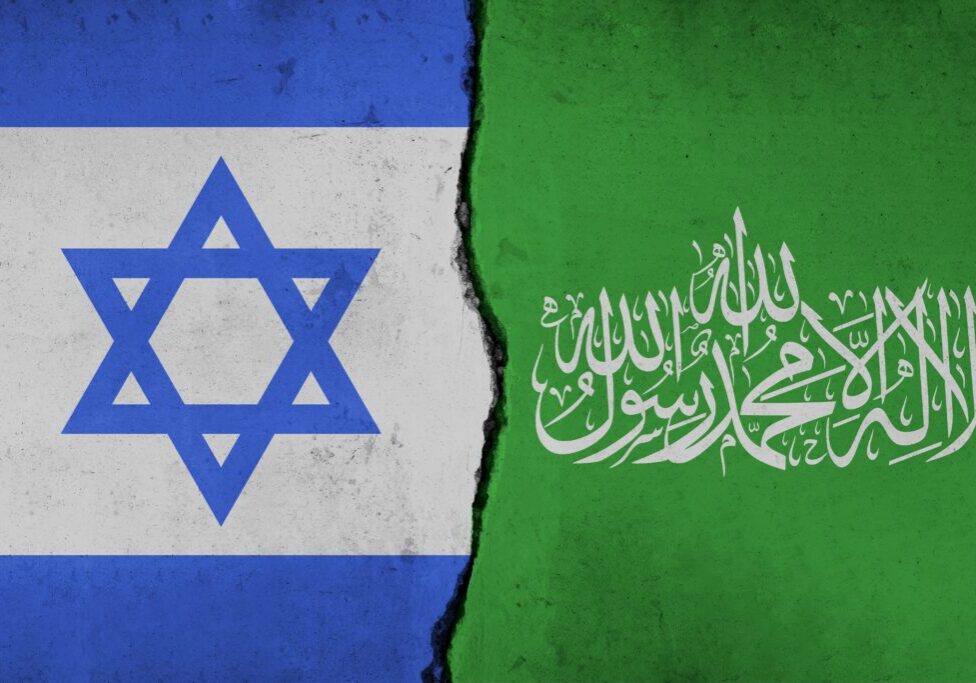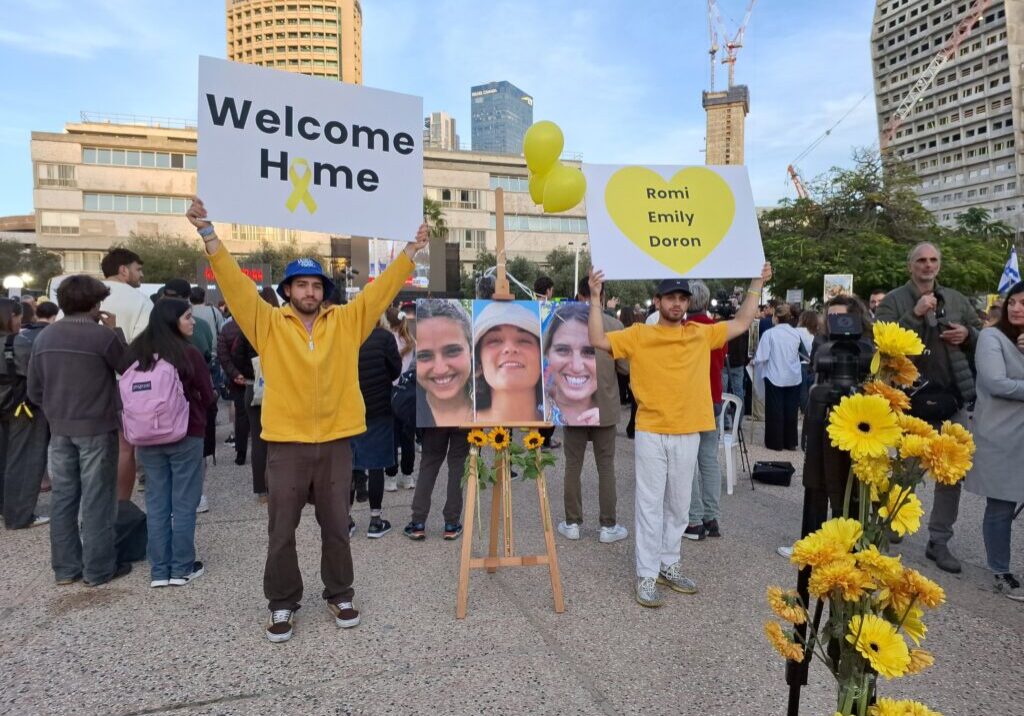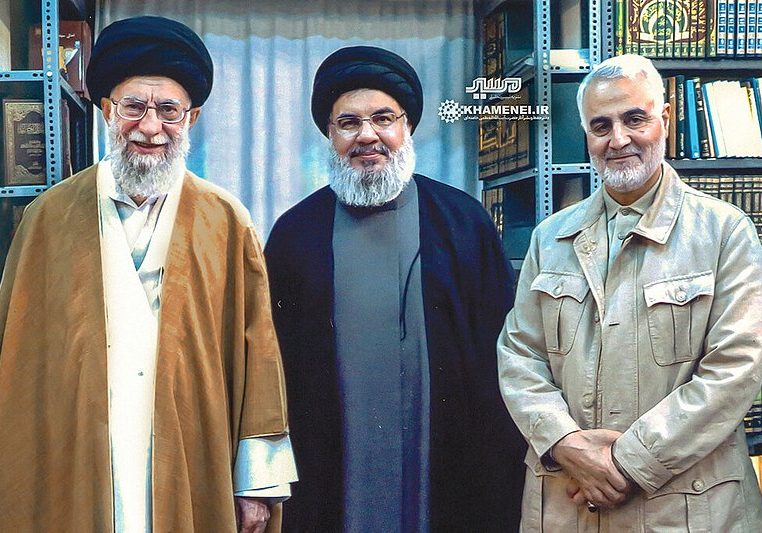Australia/Israel Review
Securing a better post-war future for Lebanon
Oct 21, 2024 | Hanin Ghaddar

After more than two weeks of intensive Israeli military and intelligence operations in Lebanon, Hezbollah has lost something even more important than leaders and weapons – it has lost legitimacy. By failing to protect its top political and military figures, safeguard its core Shi’ite constituency, or secure its promised victory for the Iran-led “axis of resistance”, the group surrendered its claimed right to bear arms under the increasingly dubious pretence of protecting the country. To the contrary, linking Lebanon’s fate to the Gaza war only dragged the nation into a destructive conflict that has already displaced more than a million Lebanese citizens.
As the myth of Hezbollah invincibility swiftly collapsed, a massive void opened before Lebanon’s Shi’ite community and the group’s patrons in Iran. To avoid giving hostile actors the time and capacity to close this void and build a new version of Hezbollah, Beirut and its international partners must quickly fill the vacuum with a strong, independent political structure. Much of this needs to be done even before achieving a ceasefire in south Lebanon, securing the border with Israel, or proceeding with the long-delayed implementation of UN Security Council Resolution 1701. The roadmap to this goal includes four main steps:
Rebuilding local trust in the Lebanese Armed Forces (LAF). Before the LAF can effectively implement the most crucial provisions of UNSCR 1701 – securing the southern frontier and ensuring that all Hezbollah forces move northward across the Litani River – the force must regain the people’s trust, especially the Shi’ites who constitute the majority of the southern population. This community is currently in shock. Not only did they lose loved ones and property, they also lost their perceived protector and provider. For many Shi’ites, the late Hassan Nasrallah was their national leader and father figure, while Hezbollah was both their shield and their sectarian state-within-the-state. Thousands now find themselves abandoned in war-torn streets without any assurance or support from the Lebanese state or what is left of Hezbollah.
This is where the LAF comes in – as the institution that can fill the vacuum and reassure Shi’ites that they will be protected. This message needs to be communicated now, before a ceasefire is brokered in the south. If the LAF succeeds in this confidence-building campaign, the Shi’ites will be more likely to come back to the true Lebanese state. Only then will the LAF have the popular legitimacy for phase two: redeploying south of the Litani and securing the country once a ceasefire is reached and Israeli forces withdraw. In the meantime, the LAF should deploy in communities outside the main southern war zone as soon as possible, especially in places where sectarian violence is on the rise and armed gangs seem likely to form.
Restoring state sovereignty. The LAF cannot do much without clear orders from the Lebanese Government. Yet with no sitting president in Beirut and a weak caretaker government at the helm, there is no one to make the necessary tough decisions. If left to their own devices, Hezbollah partners, such as Prime Minister Najib Mikati and Speaker of Parliament Nabih Berri, will simply work together to maintain the status quo and help the group make a comeback. Their recent statements show a willingness to select a president after months of delay, yet they are still negotiating as though the past few weeks did not happen, ignoring the steady destruction of Hezbollah’s leadership.
In this environment, only external pressure can compel Berri to convene the parliamentary sessions required to choose a president with no prior agreement or conditions. And Mikati will need prodding before he feels compelled to publicly order the LAF to facilitate these sessions – namely, by opening a protected route for legislators to actually reach the parliament building safely to exercise their democratic responsibility without fear of violent reprisals. If these steps are carried out promptly, a legislative majority could emerge behind a new president who is empowered to appoint an independent prime minister. In turn, the new premier could expeditiously form a stronger government capable of dealing with the security, political, and economic challenges that will need urgent attention once a ceasefire is in place, including reconstruction, humanitarian aid, structural reforms, and efforts to implement international resolutions (see below).
Distributing aid. The dislocation of war and the long-running collapse of the Lebanese state have left huge numbers of civilians in dire need of food, shelter and medical support. Until a new government is in place, the best option is for international organisations and foreign donors to channel such support through local Shi’ite groups that are not affiliated with Hezbollah. This way, aid deliveries can empower a reformist alternative to the militia while still filling the void left by its mounting leadership losses.
These alternative groups already exist and have substantial credibility within their individual communities. Many also have the capabilities and access needed to work directly with displaced Shi’ites.
Ensuring that the narrative on Israel focuses on incursion, not invasion. For the most part, filling the void left by Hezbollah’s disarray is a Lebanese responsibility, but Israel still has a vital role to play by ensuring that its military incursions into Lebanese territory do not morph into an occupation. Many Shi’ites vividly remember the 1982 occupation, which empowered Hezbollah’s “resistance” narrative and legitimised its military operations for decades afterward. If Israeli forces advance too deeply into Lebanon or decide to stay after completing their current operations in the south, they will likely fuel a new resistance narrative and help resuscitate Hezbollah, which will eagerly reclaim its political legitimacy and its “right” to maintain a military arsenal.
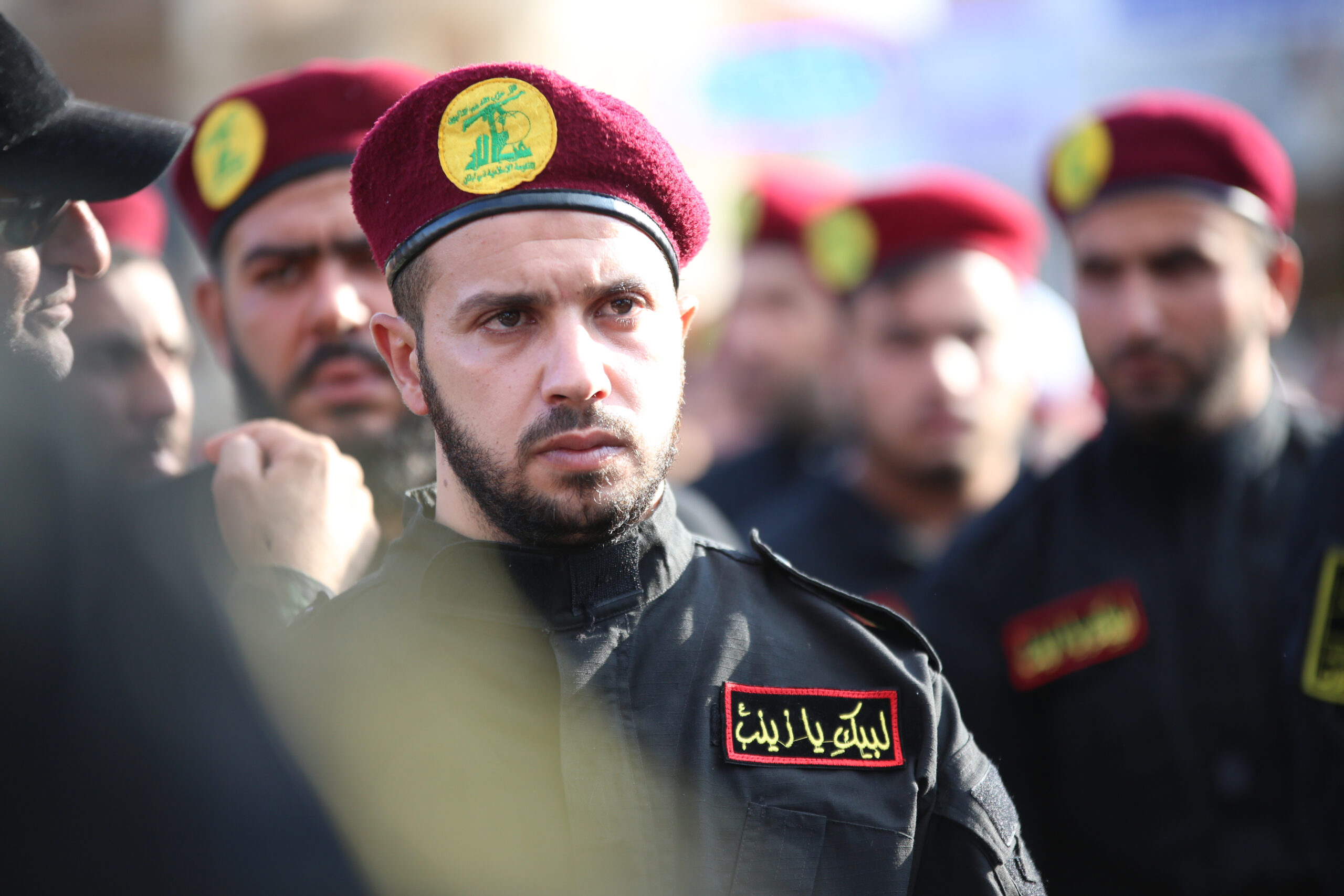
Despite its losses, Hezbollah will not disappear, but it can be largely disarmed and marginalised (Image: Shutterstock)
Hezbollah 2.0?
Of course, Hezbollah may use its arms and allies to hamper every element of the above roadmap. For now, however, it is still reeling from Israel’s continuous strikes, opening a major opportunity to kickstart the diplomatic and political process before the group wakes up from the shock. Hezbollah rightly worries that losing its arsenal would further erode its political hegemony, but even in that case, it would not be completely eliminated from the Lebanese scene. Three scenarios are most likely for “Hezbollah 2.0”:
The remnants of Hezbollah’s military evolve into street gangs with thousands of armed fighters, backed by a community that is afraid, humiliated, and impoverished. This would be the perfect recipe for sectarian violence, potentially making Lebanon fertile ground for all sorts of international jihadist factions that thrive on such conflicts, especially in the absence of state institutions.
The Iranian regime refuses to let go of Hezbollah and orders the Islamic Revolutionary Guard Corps (IRGC) to focus more intently on rebuilding the militia. The IRGC does not want to get involved in the current fighting inside Lebanon, but it may adopt a more hands-on approach by deploying Iranian officers on the ground – at least until a new class of Hezbollah commanders is trained and appointed. This would likely create even more volatility with Israel, as seen when IRGC elements have deployed to neighbouring Syria.
Iran leaves Hezbollah on its own to figure out its new identity and mission, while the LAF proves willing and able to contain armed gangs and prevent widespread sectarian violence. This is the ideal option, and also the least likely, but it is worth pursuing in the hope of avoiding the other two scenarios (or some combination of both).
International Resolutions and Diplomatic Tools
It is now commonplace to talk about implementing UNSCR 1701 as the primary means of establishing a new arrangement along the Israel-Lebanon border. Indeed, with Hezbollah battered, this goal seems reachable if the international community pushes for a new political order in Lebanon and provides support to non-Hezbollah Shi’ite groups.
Yet while 1701 is necessary, it is not sufficient. At its core, border security is a matter of state sovereignty. Lebanon’s post-ceasefire political dynamics must therefore be rooted in the implementation of other key documents, toward the goal of preventing Hezbollah’s resurrection:
The Taif Accord. Despite its flaws, this 1989 accord – originally brokered by Saudi Arabia to help end Lebanon’s civil war – has several elements worth highlighting by US officials, particularly if they want Riyadh to resume its past diplomatic and financial support for Beirut. These include provisions on judicial independence, administrative decentralisation, a non-sectarian electoral law, and the formation of a senate. Updating the accord’s language is vital – for example, the document affirmed that all militias would be disarmed, but Hezbollah was exempted under a vaguely worded requirement about “Taking all the necessary measures to liberate all Lebanese territories from the Israeli occupation.” Even before such revisions are debated, however, authorities can start implementing more of Taif’s existing provisions immediately.
UNSCR 1559. This 2004 resolution calls for “the strict respect of the sovereignty, territorial integrity, unity, and political independence of Lebanon.” It also calls for the “disbanding and disarmament of all Lebanese and non-Lebanese militias” and the extension of government control “over all Lebanese territory.”
Disarming Hezbollah has long been the greatest challenge for Lebanon and the international community. Yet the group is losing a great deal of its arsenal in the current conflict. Once the fighting stops, the state may have a one-time opportunity to wrest control of the remaining arsenal and hand it over to the LAF. Such a move would no doubt meet resistance, but it is the only way to set the stage for a weaker, illegitimate Hezbollah 2.0.
The first step is to make the tough political decision to disarm the group. The next government would then need to make sure that the inaugural ministerial statement laying out its policies does not legitimise Hezbollah by including language like “the army, the people, and the resistance” – a formulation that has appeared in such documents since at least 2008 and essentially gives the group carte blanche to define “resistance” activities however it likes.
UNSCR 1680. This resolution – adopted before the start of the 2006 Hezbollah-Israel war – calls for “Syria to respond positively to Lebanon’s request to delineate borders and establish diplomatic relations.” This provision is crucial today because Hezbollah cannot rebuild its arsenal without the continued flow of arms and resources from Iran via Iraq and Syria. Halting this flow requires international support for tougher border initiatives like the British effort to help the LAF safeguard the frontier with Syria. In this sense, the border with Israel cannot be fully secured until Lebanon’s other borders are secured as well.

